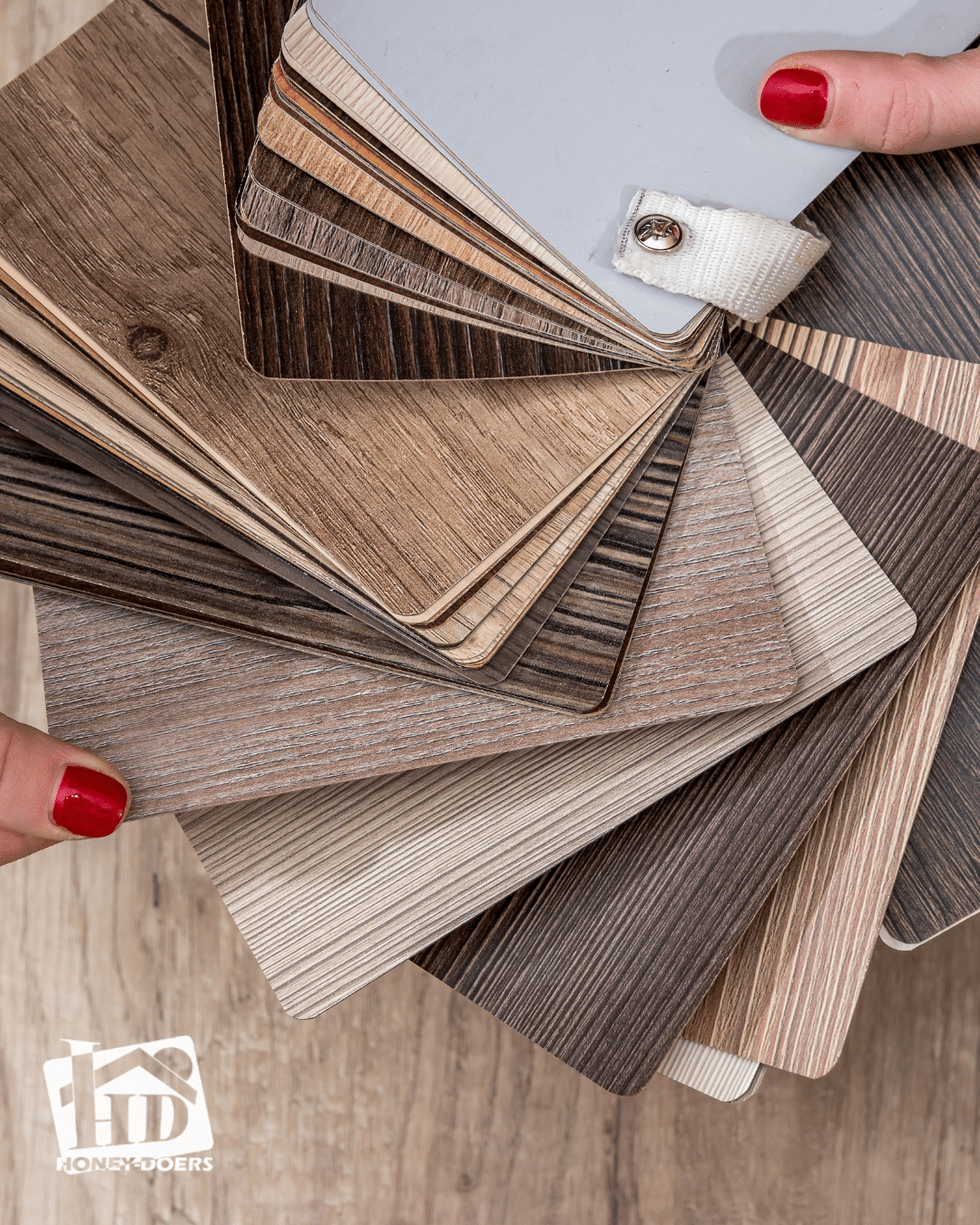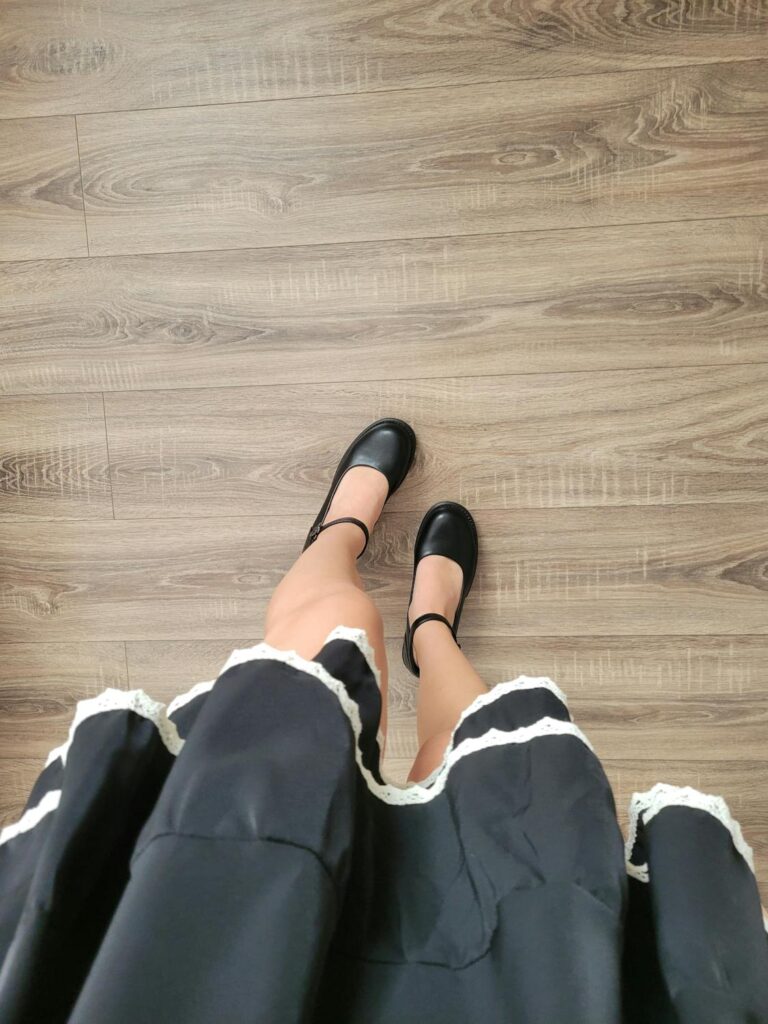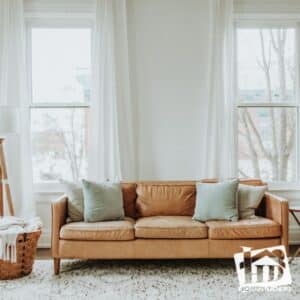Introduction: 3 Key Factors in Choosing Wood-Look Flooring
Choosing the right flooring is one of the most impactful decisions a homeowner can make. It sets the tone for your space, affects daily maintenance, and plays a major role in how a room feels and functions. When it comes to flooring that looks like wood, the options today are wide-ranging and more realistic than ever. But how do you choose the best option for your needs?
To simplify the decision, there are three key factors to consider:
- The room’s use – Will the flooring be exposed to moisture, pets, or heavy foot traffic?
- Your budget – Can you invest in hardwood, or are you looking for a more affordable alternative?
- Personal preference and style – What colors, textures, and finishes feel most like home to you?
Each of these elements plays a role in narrowing your choices between real hardwood, laminate, luxury vinyl planks, and tile flooring that looks like wood. This article will guide you through each consideration and help you find the ideal wood like flooring to fit your lifestyle and your space.
Factor 1: The Room’s Use and Daily Demands
Before falling in love with a particular wood grain or finish, it’s essential to consider where the flooring will go and what it will endure. Not all wood-look flooring types are suitable for every room.
Take bathrooms and laundry rooms, for example. These are high-moisture environments where real hardwood should be avoided. Water can seep into the seams and cause boards to swell, warp, or stain. Instead, tile flooring that looks like wood is the better choice. It offers a similar appearance with far superior resistance to water and humidity.
For high-traffic areas like entryways, hallways, or kitchens, durability is key. Ask yourself: Do you want the elegance of hardwood and are willing to manage the maintenance? Or would you prefer the most durable flooring that looks like wood, such as luxury vinyl plank (LVP) or wood-look tile, which can handle wear and tear with little fuss?
In quieter, low-traffic rooms like bedrooms or offices, hardwood or laminate may be more than enough. These spaces allow for design freedom without as much concern for moisture or daily scuffs.
Matching the right product to the room’s function is the first step in keeping your flooring beautiful and practical for years to come.
Factor 2: Balancing Style with Budget
Budget is a major factor when comparing wood like flooring options. While true hardwood brings unmatched natural beauty and long-term value, it comes with a higher price tag—not just for materials, but for professional installation and ongoing maintenance, and don’t forget to consider the overall design of the room, including the style of the window treatments.
If your goal is to achieve the look of wood without the cost, both laminate and vinyl flooring that looks like wood offer compelling alternatives. These products use advanced printing techniques to replicate the appearance of real wood grain, often with textured finishes to match.
Laminate flooring is generally more affordable than hardwood and easy to install, making it a favorite for DIY projects. However, it’s not waterproof, so placement should be considered carefully.
Luxury vinyl plank, on the other hand, is slightly more expensive than laminate but offers exceptional water resistance, impact durability, and comfort underfoot. It’s ideal for families, pet owners, or anyone looking for a long-lasting flooring solution that still fits within a reasonable budget.
Ultimately, your investment should reflect how much you use the space, how long you plan to stay in the home, and your tolerance for ongoing upkeep.
Factor 3: Personal Style and Visual Preferences
Every homeowner wants a floor that feels like their own—not just practical, but personal. That’s where the aesthetic side of the decision comes into play.
When choosing between hardwood, vinyl, laminate, or tile, consider not just the surface pattern, but also color tone, finish, and plank size. Some prefer light wood tones for a fresh, airy feel, while others gravitate toward rich espresso or gray washes for a modern look.
The texture and sheen of your flooring can also impact its visual appeal. Matte and satin finishes feel understated and natural, while glossy floors reflect more light and make spaces feel larger. Wide planks can give a rustic or farmhouse look, while narrow strips lend themselves to traditional or formal styles.
The good news is that all wood-look flooring options—from vinyl to tile—come in a wide range of design choices, so you’re not sacrificing personality for practicality.
This is your opportunity to add character to your home, whether through bold choices or subtle harmony with your overall décor.
Choosing True Hardwood Flooring
Hardwood flooring remains a gold standard for timeless beauty and home value. But not all hardwoods are created equal—each wood species, board width, and finish offers something different.
Oak, maple, and cherry are the most popular choices for their durability and consistent grain patterns. Oak in particular is known for its ability to hold stain and resist wear, making it a reliable choice for most homes. If you want something more striking, exotic woods like mahogany or tigerwood add richness and unique color variation.
Board width also affects style. Narrow strips (2–3 inches) give a classic look and make smaller rooms feel longer, while wide planks (5 inches and up) create a rustic, open aesthetic.
Color is determined by the natural tone of the wood and the type of finish applied. For durability and convenience, it’s smart to choose prefinished hardwood flooring, which comes sealed and ready to install. Prefinished boards are more resistant to moisture and avoid the dust, fumes, and drying time associated with on-site finishing.
If you want real wood underfoot and are willing to care for it, hardwood remains a high-value, high-impact choice.
Laminate Flooring: A Budget-Friendly Wood Look
Laminate flooring has come a long way in recent years, now offering high-definition wood grain patterns and textures that closely resemble natural hardwood. It consists of a fiberboard core topped with a printed layer and sealed beneath a protective wear layer.
Laminate comes in a variety of wood tones, from warm oak to cool gray walnut, and is available in both strips and planks to suit different aesthetics. Its finishes range from matte and satin to glossy, allowing you to choose a look that matches your lighting and décor.
Though laminate isn’t waterproof, many newer products offer water-resistant coatings that help in kitchens or laundry rooms—though still not recommended for bathrooms. It’s also softer underfoot than tile and typically quieter than hardwood, though not as quiet as vinyl.
For those seeking the look of wood at a lower price point, laminate offers the right mix of beauty, variety, and affordability.
Luxury Vinyl Plank: Durable and Stylish
Luxury vinyl plank (LVP) is one of the most popular wood-like flooring options today—and for good reason. It delivers a convincing hardwood look with exceptional resilience and comfort. In addition, LVP helps with soundproofing.
Each plank includes a photographic layer that mimics wood grain, protected by a thick, clear wear layer. The result is a floor that’s scratch-resistant, waterproof, and quiet underfoot—making it ideal for households with kids, pets, or lots of foot traffic.
Vinyl flooring that looks like wood is commonly used in entryways, kitchens, and basements, but it’s equally suitable in bedrooms and living rooms. Many homeowners choose it to maintain a consistent look throughout their entire home, especially in open-concept layouts.
Design options are virtually endless, with choices in grain texture, color variation, plank width, and finish gloss. Whether you prefer weathered barn wood or sleek modern tones, there’s an LVP that matches your vision.
In terms of value, durability, and low maintenance, LVP stands out as one of the most durable flooring that looks like wood available today.
Wood-Look Tile: Ultimate Durability Without Compromise
For moisture-prone or high-wear areas, tile flooring that looks like wood offers unbeatable performance. Made from ceramic or porcelain, this flooring delivers the natural aesthetic of hardwood without the drawbacks of swelling, scratching, or staining.
Wood look tile planks are available in a wide range of sizes, colors, and realistic wood patterns, including knots and textured grain. Thanks to modern printing and glazing technology, they’re nearly indistinguishable from the real thing once installed.
Tile is particularly well-suited for bathrooms, basements, mudrooms, and kitchens, where water and humidity are regular concerns. It also requires minimal maintenance and offers excellent compatibility with radiant heating systems—something hardwood cannot.
Though tile is harder underfoot and colder than vinyl or laminate, area rugs and underlayment can help soften the feel. For homeowners who want the beauty of hardwood with zero maintenance, this is the go-to option.
Flooring Guidance You Can Count On
There’s no one-size-fits-all answer when it comes to choosing the right wood-like flooring. Each option—whether hardwood, vinyl, laminate, or tile—has its own strengths, tradeoffs, and best-use scenarios.
At Honey-Doers Remodeling, we help homeowners make informed decisions that reflect their lifestyle, budget, and design goals. Whether you’re updating a bathroom, finishing a basement, or remodeling your entire main floor, we’ll guide you toward the best flooring solution for your home—beautiful, durable, and uniquely yours.
Contact Honey-Doers today to explore your flooring options and bring your perfect wood-look vision to life.






